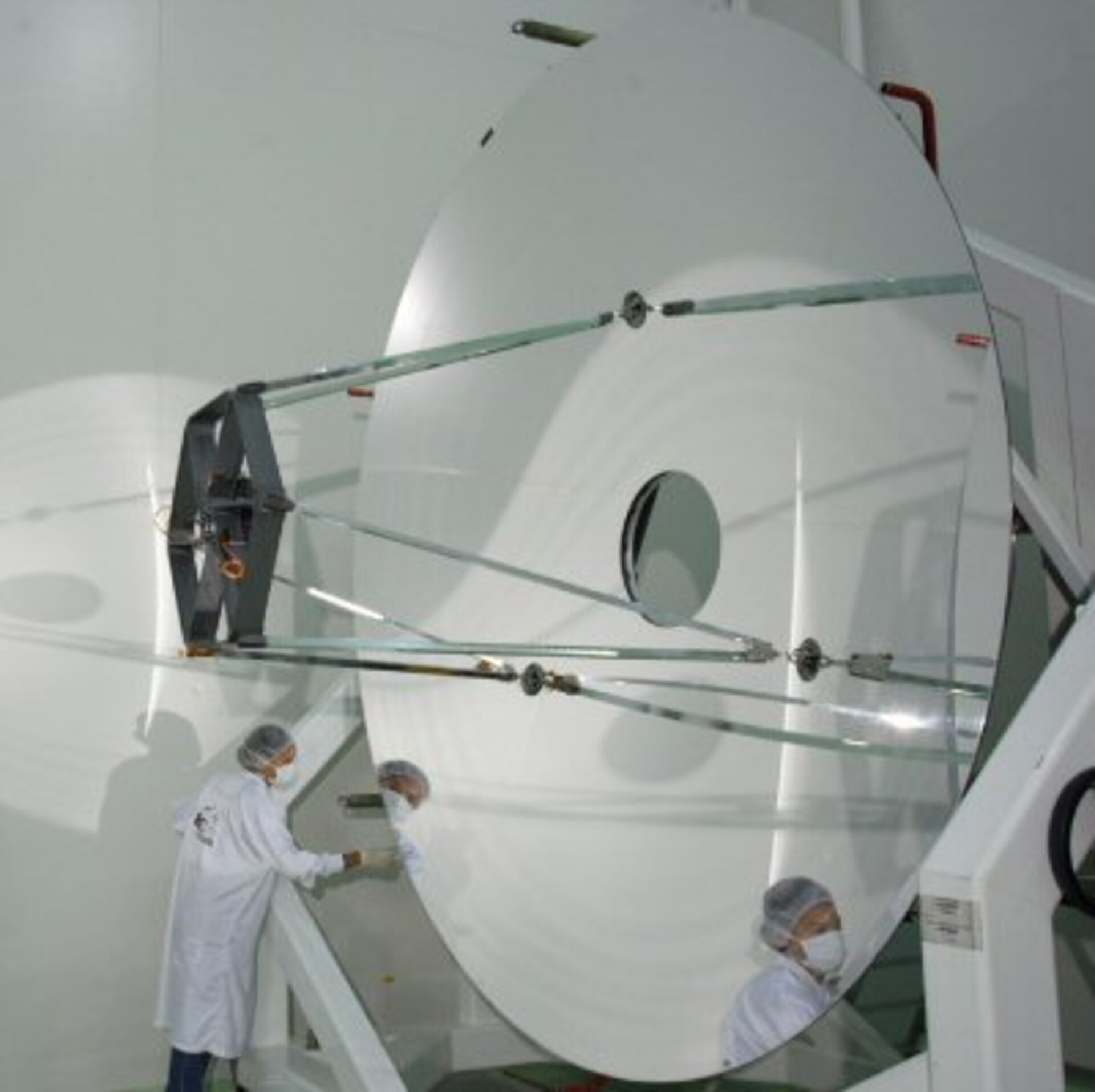Tiger Team in the CDF
During the months of July and August 2006 the ESTEC Concurrent Design Facility hosted the activities of a Tiger Team set up for the Herschel/Planck Programme of the Science Directorate. The Herschel Space Observatory, a new generation space telescope covering the full far infrared and sub-millimetre waveband, will be launched in 2008 together with the Planck spacecraft, using an Ariane 5 as the launch vehicle.
The Tiger Team was formed following some unexpected results from the Herschel Telescope cryogenic optical testing programme, where it was seen that the thermo-elastic model predictions were not in-line with the measured performance.
The Team was charged to positively verify the correctness of the focus position and optical performance measurements carried out at cryogenic temperatures and to clarify why the predictions and the test results were different. They were also asked to determine the actual uncertainty on the knowledge of the on-orbit focus position.
Tiger teams are set up to investigate complex issues/problems relating to specific tasks or missions. They are multi-disciplinary and drawn from technical experts in ESA, industry and international partners who work intensively over a limited period of time to solve the problems encountered.
The activities of the Tiger Team, led by P. de Maagt of ESTEC, were carried out in 20 full day CDF sessions and finished with a Final Presentation of the findings to the Herschel project team and the Telescope industrial team on the 25 August 2006.
“The ability to work concurrently and in contact with the whole team enabled the task to be completed despite the heavy workload and strict deadlines” said P. de Maagt Team Leader.
Crucial to the success of the investigation was the full time availability of the CDF with its excellent computing, networking, data storage capacity, the well established communication capabilities and the multi-media presentation systems. The concurrent engineering approach of keeping the team together, co-located away from the normal office environment enhanced the team’s performance.
This was the first time the ESTEC Concurrent Design Facility and its methodology were applied to a project which is in the last part of its development phase and to an anomaly investigation in particular. Lessons learnt from this experience will be used to understand possible future uses of concurrent engineering applied to later phases of a project life cycle.




